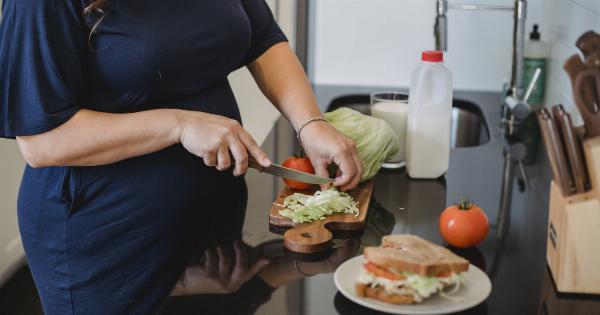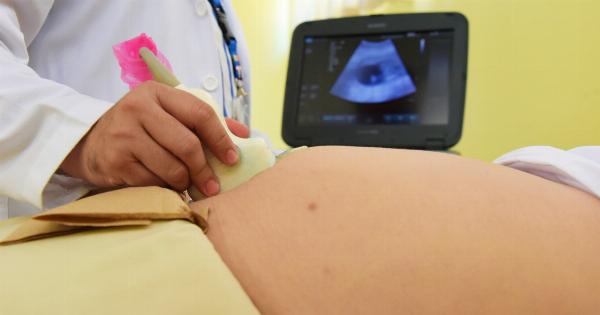A kindergarten is like a breeding ground for germs, with kids sharing their toys, food, and play spaces with each other on a daily basis.
While it is a process of creating healthy relationships and developing social skills, the exposure of young kids to such an environment can lead to various illnesses, including gastroenteritis.
What is Gastroenteritis?
Gastroenteritis is commonly known as the stomach flu, which is caused by viruses, bacteria, and parasites.
It is an inflammatory condition that affects the stomach and intestines, causing symptoms like nausea, vomiting, stomach cramps, abdominal pain, and diarrhea. The infection is highly contagious and can quickly spread in a group of people in close proximity, such as in a kindergarten.
How Does Gastroenteritis Spread?
The transmission of gastroenteritis often occurs through the fecal-oral route, which means that the virus or bacteria is passed from the feces of an infected person to the mouth of another person.
In a kindergarten, the germ can spread through sharing food utensils, touching contaminated surfaces, or coming into close contact with an infected individual.
Symptoms of Gastroenteritis
Gastroenteritis symptoms usually start within 1 to 3 days of exposure to the virus or bacteria. The symptoms can last from 4 to 10 days, depending on the severity of the infection. The common symptoms of gastroenteritis include:.
- Nausea
- Vomiting
- Stomach cramps or abdominal pain
- Diarrhea
- Fever
Prevention and Control of Gastroenteritis in Kindergartens
Gastroenteritis can spread quickly in a kindergarten, but there are steps that caregivers can take to prevent and control the infection. These steps include:.
- Encouraging frequent hand washing – Hand washing is one of the most effective ways to prevent the spread of gastroenteritis. Caregivers should encourage children to wash their hands with soap and water for at least 20 seconds, especially after using the bathroom or before eating.
- Cleaning and disinfecting surfaces – Caregivers should clean and disinfect frequently touched surfaces, such as doorknobs, toys, and tables. This can help to remove any germs that may be present and prevent the spread of infection.
- Keeping sick children at home – If a child is showing symptoms of gastroenteritis, they should stay at home until they are symptom-free for at least 24 hours. This can help to prevent the spread of the virus or bacteria to other children in the kindergarten.
- Avoiding the sharing of food – Caregivers should discourage children from sharing food or drinks, as it can increase the risk of spreading infection.
- Ensuring good hygiene practices – Caregivers should teach children good hygiene practices, including washing their hands and covering their mouth and nose when coughing or sneezing.
Treatment of Gastroenteritis
For children who have gastroenteritis, treatment is often focused on managing their symptoms and preventing dehydration. This can be done through:.
- Drinking plenty of fluids – Encourage the child to drink fluids like water, clear broths, or oral rehydration solutions to replace fluids lost through vomiting and diarrhea.
- Resting – Children should be encouraged to rest, as physical activity can aggravate their symptoms.
- Dietary changes – In most cases, a bland diet is recommended for children with gastroenteritis. This may include foods like bananas, rice, applesauce, and toast.
- Pain relief – If the child is experiencing stomach pain or cramps, over-the-counter pain relievers may be recommended, like acetaminophen.
- Prescription medication – In some cases, prescription medication may be required to treat the infection, especially if it is caused by bacteria or parasites.
Conclusion
Gastroenteritis can quickly spread in a kindergarten, but there are preventative measures that caregivers can take to minimize the risk of infection.
Encouraging good hygiene practices, cleaning and disinfecting surfaces, and avoiding the sharing of food can all help to control the spread of the virus or bacteria. If a child does become infected, treatment is focused on managing their symptoms and preventing dehydration.
With these measures in place, a gastroenteritis outbreak in a kindergarten can be prevented or contained with minimal impact on the children and caregivers involved.





























